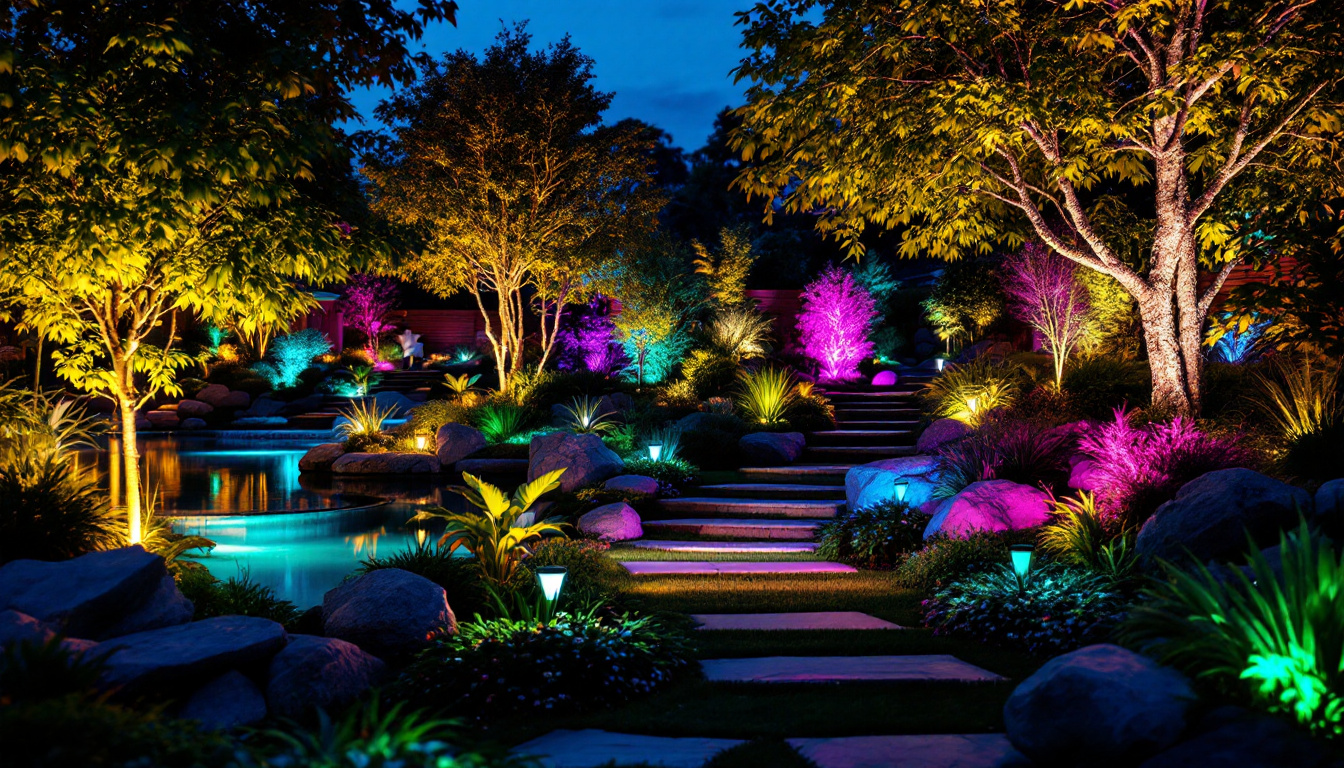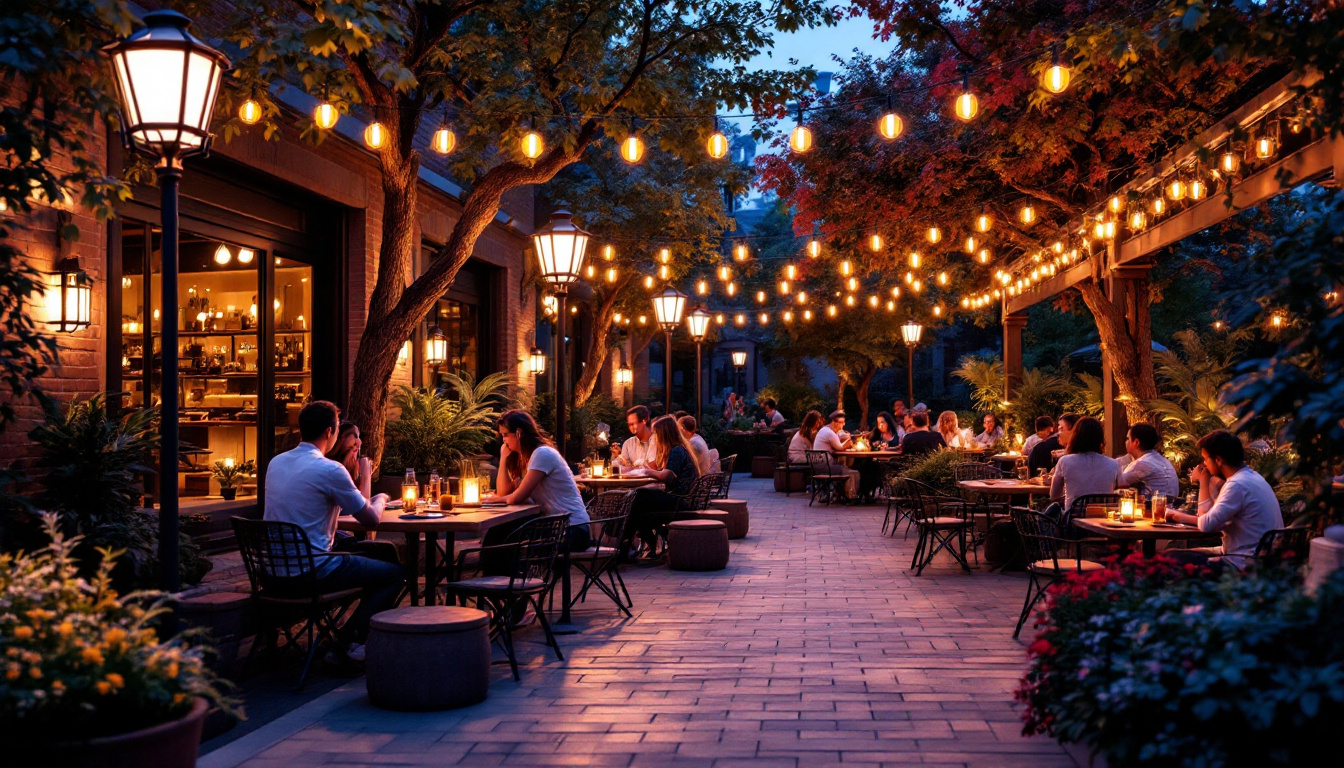
In the ever-evolving world of lighting design and installation, understanding the nuances of various standards and regulations is crucial for lighting contractors. One such standard that has garnered attention is the Fo32/841/Eco. This article aims to provide a comprehensive overview of the Fo32/841/Eco standard, its implications for lighting contractors, and the best practices for compliance.
The Fo32/841/Eco standard pertains to energy-efficient lighting solutions, specifically focusing on fluorescent lighting systems. This standard was developed to promote environmentally friendly practices within the lighting industry, ensuring that contractors can deliver high-quality, energy-efficient lighting solutions to their clients.
At its core, the Fo32/841/Eco standard emphasizes the importance of reducing energy consumption while maintaining optimal lighting performance. This balance is essential not only for meeting regulatory requirements but also for enhancing the sustainability of lighting projects. By adhering to this standard, contractors play a pivotal role in the broader movement towards sustainable building practices, contributing to a reduction in carbon footprints across various sectors.
One of the standout features of the Fo32/841/Eco standard is its focus on energy efficiency. The standard outlines specific criteria that fluorescent lighting products must meet to qualify as energy-efficient. These criteria include lumen output, wattage, and color rendering index (CRI), which collectively ensure that the lighting solutions provided are both effective and environmentally responsible. The emphasis on CRI is particularly significant, as it impacts how colors appear under artificial light, thus influencing everything from retail environments to art galleries.
Moreover, the Fo32/841/Eco standard encourages the use of advanced technologies such as electronic ballasts and high-efficiency lamps. By integrating these technologies, lighting contractors can significantly reduce energy consumption and lower operational costs for their clients. The transition to electronic ballasts, for instance, not only enhances energy savings but also reduces flicker and noise, creating a more pleasant environment for occupants. Additionally, the standard promotes the use of longer-lasting lamps, which minimizes waste and the frequency of replacements, further supporting eco-friendly initiatives.
Compliance with the Fo32/841/Eco standard is essential for lighting contractors looking to stay competitive in the market. To achieve compliance, contractors must ensure that their lighting products meet the established criteria. This often involves sourcing products from reputable manufacturers who adhere to the standard. Engaging with suppliers who are committed to sustainability can also provide contractors with a competitive edge, as clients increasingly prioritize eco-conscious choices in their projects.
Additionally, contractors should stay informed about any updates or changes to the Fo32/841/Eco standard. Regular training and education can be beneficial in this regard, helping contractors maintain compliance and deliver high-quality services to their clients. Participating in industry workshops and seminars can also foster networking opportunities, allowing contractors to share best practices and innovations in energy-efficient lighting. By staying proactive in their education, contractors can not only ensure compliance but also become advocates for sustainable lighting solutions within their communities.
Energy efficiency is not just a regulatory requirement; it is a critical factor that influences consumer choices and project costs. As clients become more environmentally conscious, they are increasingly seeking lighting solutions that minimize energy consumption without sacrificing performance.
By adhering to the Fo32/841/Eco standard, lighting contractors can position themselves as leaders in energy-efficient solutions. This not only enhances their reputation but also opens up new business opportunities as more clients prioritize sustainability in their projects.
Implementing energy-efficient lighting solutions can lead to significant cost savings for clients. Reduced energy consumption translates to lower utility bills, which can be a major selling point for contractors. Additionally, many energy-efficient products have longer lifespans, reducing maintenance and replacement costs over time.
Contractors who can demonstrate the financial benefits of energy-efficient lighting solutions are more likely to win contracts and foster long-term relationships with clients. This approach not only benefits the contractor’s bottom line but also contributes to a more sustainable future. Furthermore, many governments and local authorities offer incentives, such as tax rebates or grants, for businesses that invest in energy-efficient upgrades. This financial support can further enhance the attractiveness of energy-efficient solutions, making them not just a smart choice for the environment, but also a financially savvy decision for clients.
The environmental impact of lighting solutions cannot be overstated. Traditional lighting systems often consume large amounts of energy, contributing to greenhouse gas emissions and other environmental issues. By promoting energy-efficient solutions in line with the Fo32/841/Eco standard, contractors play a vital role in reducing the overall carbon footprint of lighting installations.
Moreover, many clients are now looking for ways to enhance their corporate social responsibility (CSR) initiatives. By providing energy-efficient lighting solutions, contractors can help clients achieve their sustainability goals, further enhancing their market appeal. The shift towards energy-efficient lighting also encourages innovation in product design and technology, leading to the development of smarter, more adaptable lighting systems that can further optimize energy use. As the market evolves, staying ahead of trends in energy efficiency not only positions contractors favorably but also fosters a culture of sustainability that resonates with an increasingly eco-conscious consumer base.
To effectively implement the Fo32/841/Eco standard and promote energy-efficient lighting solutions, contractors should consider adopting several best practices. These practices not only facilitate compliance but also enhance overall project quality and client satisfaction.
Continuous education is key to staying ahead in the lighting industry. Contractors should regularly attend workshops, seminars, and training sessions focused on energy-efficient lighting technologies and standards. This knowledge can be invaluable in ensuring compliance and delivering high-quality solutions to clients.
Additionally, subscribing to industry publications and joining professional organizations can provide contractors with valuable insights and updates on the latest trends and regulations. This proactive approach can greatly enhance a contractor’s credibility and expertise. Engaging in online forums and networking with peers can also offer fresh perspectives and innovative ideas that can be applied to ongoing and future projects. By fostering a culture of learning, contractors can adapt to the rapidly evolving landscape of lighting technology.
Building strong relationships with manufacturers who comply with the Fo32/841/Eco standard can streamline the procurement process for contractors. By collaborating closely with manufacturers, contractors can gain access to the latest energy-efficient products and technologies, ensuring that their offerings remain competitive.
Furthermore, manufacturers often provide valuable resources, such as technical support and marketing materials, which can assist contractors in effectively promoting energy-efficient solutions to their clients. Establishing a partnership with manufacturers can also lead to exclusive training sessions on new products, giving contractors a competitive edge in the marketplace. Additionally, these relationships can facilitate feedback loops where contractors can relay customer experiences back to manufacturers, helping to refine products and services for better performance and client satisfaction.
Before proposing lighting solutions, conducting energy audits can provide contractors with critical insights into a client’s current energy consumption and lighting needs. These audits can help identify areas where energy-efficient solutions can be implemented, allowing contractors to tailor their proposals to meet specific client requirements.
By presenting clients with data-driven recommendations, contractors can demonstrate the tangible benefits of energy-efficient lighting solutions, making it easier to secure contracts and foster trust. Moreover, energy audits can uncover hidden opportunities for savings that clients may not have considered, such as optimizing existing lighting layouts or integrating smart lighting controls. By offering comprehensive assessments and actionable insights, contractors position themselves as trusted advisors, reinforcing their role not just as service providers, but as partners in achieving sustainability goals.
While the Fo32/841/Eco standard presents numerous opportunities for lighting contractors, it also comes with its own set of challenges. Understanding these challenges and developing effective solutions is essential for success in the industry.
One of the primary challenges contractors may face is resistance to change from clients who are accustomed to traditional lighting solutions. Many clients may be hesitant to invest in new technologies, fearing higher upfront costs or uncertain performance outcomes.
To address this resistance, contractors should focus on educating clients about the long-term benefits of energy-efficient solutions. Providing case studies, testimonials, and detailed cost-benefit analyses can help alleviate concerns and encourage clients to embrace new technologies.
Another challenge is the initial cost associated with energy-efficient lighting products. While these products often lead to significant savings over time, the upfront investment can be a barrier for some clients.
Contractors can mitigate this issue by offering financing options or highlighting available rebates and incentives for energy-efficient upgrades. By presenting a clear financial pathway, contractors can help clients see the value in investing in energy-efficient solutions.
The rapid pace of technological advancements in the lighting industry can also pose challenges for contractors. Staying updated on the latest products and technologies can be overwhelming, and failing to keep pace can result in missed opportunities.
To overcome this challenge, contractors should prioritize ongoing education and training. Engaging with industry experts and participating in professional development programs can help contractors stay informed about emerging trends and technologies, ensuring they remain competitive in the market.
The Fo32/841/Eco standard represents a significant step forward in promoting energy-efficient lighting solutions. For lighting contractors, understanding this standard and its implications is essential for delivering high-quality, sustainable services to clients. By embracing energy efficiency, contractors can not only enhance their reputation but also contribute to a more sustainable future.
By staying informed, collaborating with manufacturers, and conducting thorough energy audits, contractors can effectively implement the Fo32/841/Eco standard, overcoming challenges and positioning themselves as leaders in the industry. As the demand for energy-efficient solutions continues to grow, contractors who prioritize compliance and sustainability will undoubtedly find success in their endeavors.
Ready to take your lighting projects to the next level with the Fo32/841/Eco standard? LumenWholesale is here to support you every step of the way. Our spec-grade lighting products not only meet but exceed industry standards, providing you with the energy efficiency and sustainability your clients demand. With unbeatable wholesale prices and the convenience of free shipping on bulk orders, you can trust us to supply premium lighting without the premium price tag. Elevate your lighting solutions today and discover the best value in wholesale lighting at LumenWholesale.

Discover how the 3 1/2 junction box cover can significantly impact lighting contractors’ profitability.

Discover the transformative journey of LED light fixture components and their pivotal role in revolutionizing the lighting industry.

Discover how LED outdoor landscape lighting can be a game-changer for lighting contractors.

Illuminate your outdoor spaces with confidence using our comprehensive guide for lighting contractors.